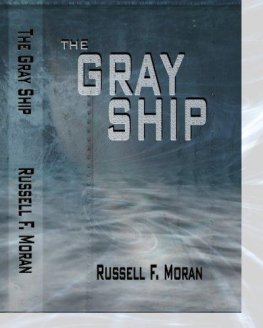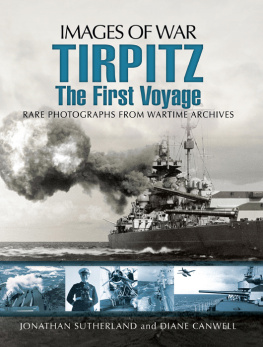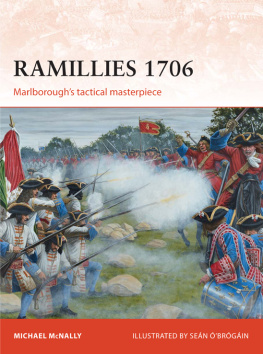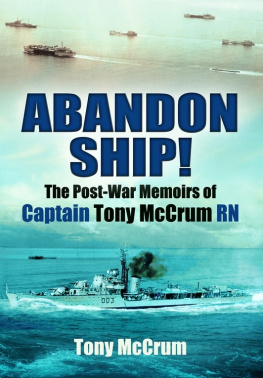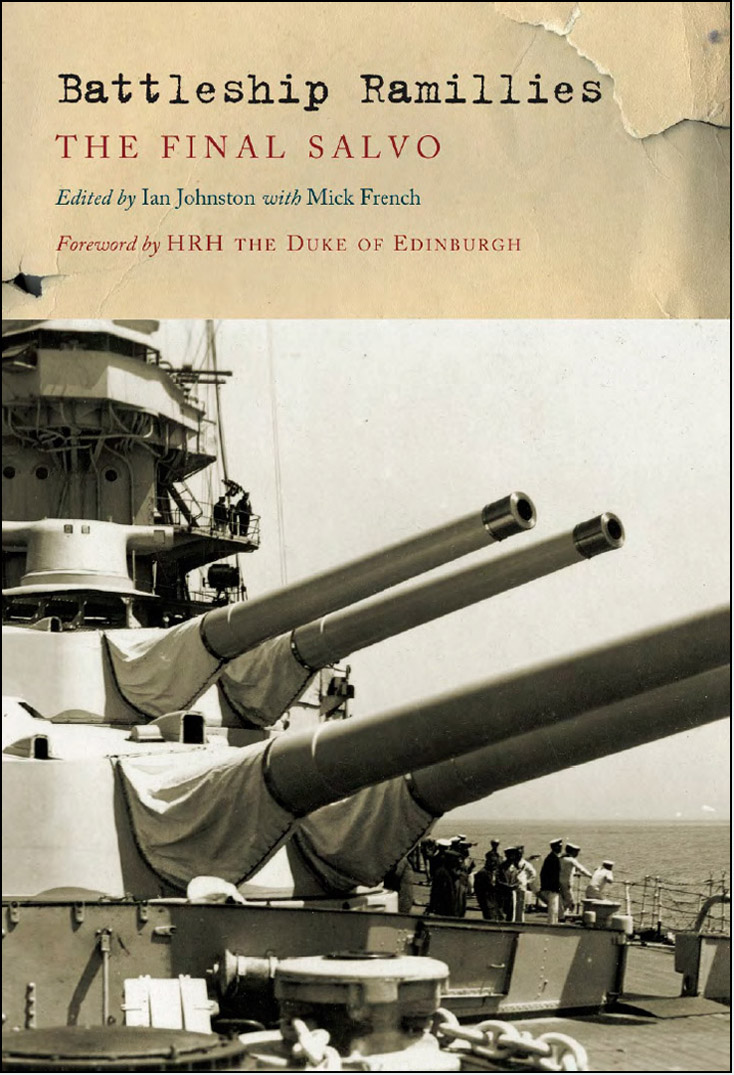

This edition copyright Ian Johnston 2014
First published in Great Britain in 2014 by
Seaforth Publishing
An imprint of Pen & Sword Books Ltd
47 Church Street, Barnsley
S. Yorkshire S70 2AS
www.seaforthpublishing.com
The right of Ian Johnston to be identified as the author of this work has been asserted in accordance with the Copyright, Designs and Patents Act 1988.
Published and distributed in the United States of America and Canada by
Naval Institute Press
291 Wood Road
Annapolis, Maryland 21402-5034
This edition is authorized for sale only in the United States of America, its territories and possessions and Canada.
First Naval Institute Press eBook edition published in 2015.
ISBN 978-1-61251-916-6 (eBook)
British Library Cataloguing in Publication Data
A CIP data record for this book is available from the British Library
All rights reserved. No part of this publication may be reproduced or transmitted in any form or by any means, electronic or mechanical, including photocopying, recording, or any information storage and retrieval system, without prior permission in writing of both the copyright owner and the above publisher.
Typeset and designed by Mousemat Design
This book is dedicated to the memory of Eric and Dorothy Marks who founded the HMS Ramillies Association

Ramillies alongside at Liverpool May 1926.
Table of Contents
Guide
Contents




The editors would like to thank the members of the HMS Ramillies Association for their assistance in the production of this book together with the relatives of former members or members deceased who provided stories left to them by their husbands or fathers. Thanks are due to Andrew Cliff and Brian Newman for proofreading the manuscript.
The photographs are those in the possession of Association members either taken or collected during their period on board or collected subsequently.
However, the collection of Ken D Williams requires special mention and it is by the courtesy of his son, Keith Williams, that we have been able to use them.
Copyright has not knowingly been infringed but should there be any questions please contact the secretary of the HMS Ramillies Association, Mick French, at www.hmsramillies.co.uk/default.aspx.

In April 2011, the Association dedicated to the memory of HMS Ramillies met in Portsmouth to participate in remembrance and social activities. This Association, which was formed in 1978, numbers thirty in total, of whom twelve are former crew members, the remainder being wives, widows or sons of former crew members. Additionally, there is the President of the Association, John Taylor, three honorary members in New Zealand, and other members in Australia and Canada. To all of these persons Ramillies is an important ship. Associations such as this are necessarily few in number and one day will face the inevitable consequence of passing time. On this occasion, however, the Ramillies Association were hale and hearty, gathered at the Sailors Home on Queen Street, and ready to celebrate the great ship.
Although the Association has met annually since its inception, it was the view that in this particular year it would be worth recording the memories of former crew members, together with those of others with a connection to the battleship and a tale to tell. This book is based largely on these recollections, supplemented by narratives previously written by members either deceased or unable to attend this meeting. Collectively, these memories, together with photographs of the battleship throughout its long operational history, form what might be considered as a last salvo from HMS Ramillies, at least in written form.
To those who served, the Royal Navy was perhaps perceived differently from the Royal Navy of today. For the first two decades of the twentieth century the Royal Navy was indisputably the largest navy in the world, and from then until World War Two, second equal to that of the United States. The Navy was seen as the guarantor of national security, the Service that had endeared itself to the country through an often illustrious history. The Fleet was an impressive sight wherever it was assembled, and of the individual ship types, none more so than the battleship. This sense of awe in their ship and respect for the Navy and its traditions is deeply embedded in those members of the Ramillies Association who served.
It goes without saying that a great debt of gratitude is owed by all Britons to ships like Ramillies and their crews, which formed the backbone of the Royal Navy in the two great conflicts of the twentieth century, and to them and the members of the Ramillies Association this book is dedicated.
Ian Johnston, October 2011

The design, fighting characteristics and operational histories of British battleships have been the subject of a large number of books and shows no sign of abating. As this book is primarily concerned with the experiences and reminiscences of those who served on board, only the briefest outline of her activities are given here, although many events are described later in subsequent chapters.
HMS Ramillies was one of five Royal Sovereign-class battleships and was laid down in November 1913 and completed in 1917. She was built by William Beardmore & Co Ltd at their Naval Construction Works at Dalmuir on the River Clyde. Because of delays in the manufacture of her main armament, the construction of Ramillies was held back while she lay on the stocks at Dalmuir and the opportunity was taken to fit her with anti-torpedo bulges. The delay meant that she was the last British battleship to be completed and serve during the First World War, as well as the first to be fitted with bulges.
When Ramillies was launched on 12 June 1916, such was the weight of her hull that her stern hit the riverbed, damaging her rudders. As she was not in danger of sinking, she was taken to the fitting-out basin for completion and in September 1917, with no dry dock on the Clyde large enough to take her, she sailed with great difficulty to Liverpool where the damage to her stern was repaired. The difficulty of taking her from the Clyde to Liverpool with non-functioning rudders, and some of her subsequent career in the Grand Fleet at Scapa Flow, are mentioned in Frederick Rollinsons story on page 19.



